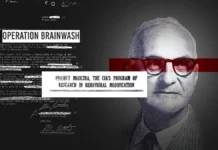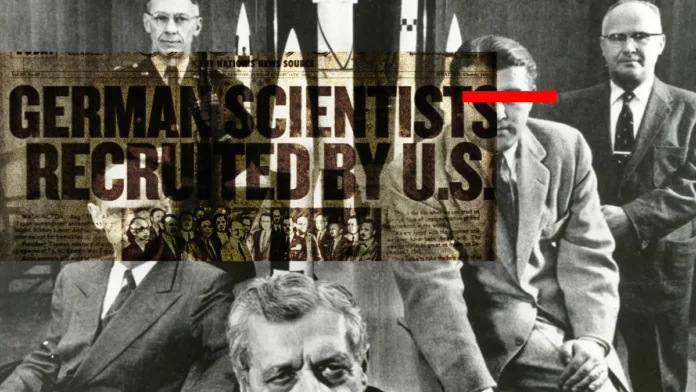
Many of us know that in Nazi Germany, technological advancement outpaced moral advancement. Nazi scientists were pioneering new technologies in synthetic oil, rubber, medicine, engineering, and most famously, tank manufacturing. But have you ever wondered what happened to those scientists after the war? Were they treated just like Nazi Politicians or anything different?
The simple and surprising answer is that those Nazi scientists who helped Hitler kill millions of innocent civilians also helped to build modern America. There was a fully functional operation both in the final years of World War 2 and after World War 2 to immigrate German Scientists to the United States whose Agenda the CIA describes as ” to make it impossible for Germany to start another war “.
Contents
Operation Paperclip: How it All Came Together
What was Operation Paperclip?
Before we go further, we need to know what Operation Paperclip was all about.
It was a secret American program that began after World War II, aimed at recruiting German scientists, engineers, and technicians to work for the United States. The operation aimed to take advantage of their expertise in various fields, particularly rocketry and aerospace technology. Many of these scientists had worked on advanced weapons for the Nazis, including the V-2 rocket program. Despite ethical concerns about their past affiliations, the US government brought these individuals to the US to promote technological development and gain an edge during the Cold War. This initiative contributed significantly to the progress of the US space program and other technological advancements.
Operation Paperclip brought top German scientists to the United States after World War II, leading to major advances in aerospace and technology, although there was ethical controversy over employing former Nazis in this manner.
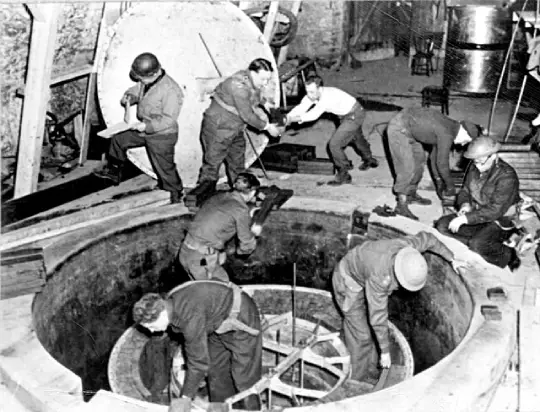
Nazi Scientist’s journey to America started in 1945 when the Allied Forces Unified Command commissioned a special division named T-Force to “secure the scientific advancements of Germany” before they could be destroyed by retreating Nazis or looters. Initially tasked with protecting technological assets, the T-Force soon realized that safeguarding the scientists who created those technologies was even more important. This realization led to the creation of a special Enemy Personnel Exploitation Section within T-Force.
This special program evolved into a recruitment program for scientists to aid the war efforts against Japan. Initially named Overcast, the program was later renamed Operation Paperclip by an ordinance officer who would attach a paperclip to the files of scientists selected for recruitment.
Towards the end of the war, the program’s focus shifted from recruiting scientists to protect them to recruiting scientists to prevent the Soviets from acquiring them.
These top scientists were recruited through Operation Paperclip
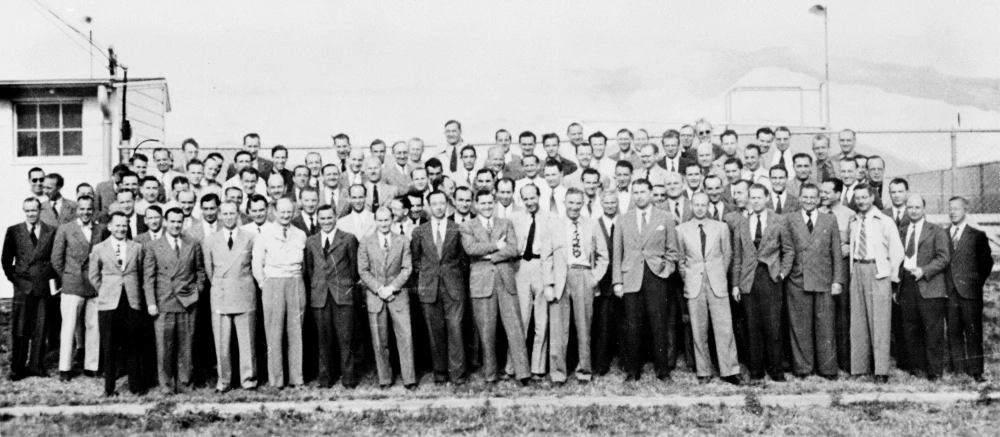
Wernher von Braun: An aerospace engineer who played a key role in Nazi Germany’s rocket program, developing the V-2 rocket during World War II. After migrating to America through Operation Paperclip, he contributed significantly to developing the Redstone and Saturn V rockets, which were crucial to the success of the Apollo missions that landed humans on the Moon. He also worked with Walt Disney on a series of films that popularized the idea of human space travel in the U.S. and beyond from 1955 to 1957. He became the director of the Marshall Space Flight Center in 1960.
Adolf Busemann: An aerospace engineer who developed the swept-wing design and invented the shockwave-free supersonic Busemann biplane. He was an influential figure during the early days of NASA.
Kurt Debus: The director of the V-Weapon Program in Germany and the first director of the Kennedy Space Center.
Hans Amtmann: An aircraft engineer who worked at Blohm & Voss in Nazi Germany. In America, Amtmann developed a patent control system and a protective shield for the pilot’s helmet during emergency ejection, which was widely adopted. He worked for Consolidated Vultee and General Atomic.
Magnus von Braun: A German chemical engineer who worked at Fort Bliss and Chrysler.
Anton Flettner: An aviator engineer who became the chief designer of Kaman Aircraft. Albert Einstein praised the Flettner Rotor ship as having great practical importance.
Kurt Blome: A medical propagandist for the Nazi Party tasked with aligning medical professionals with party ideology. He was tried for war crimes during the Doctor’s Trials in Nuremberg but was acquitted. In the USA, he worked with the military and CIA to develop chemical weapons. He was also part of the famous mind control experiment of the CIA, MKUltra.
Some Major Technologies Developed by Nazi Scientists in the USA
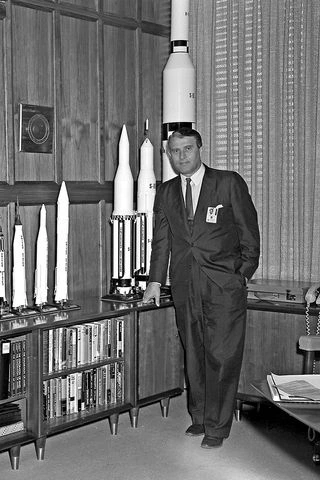
Saturn V Rocket: Launch vehicle used in the Apollo missions to land humans on the Moon, developed by Wernher von Braun.
Swept-Wing Design: Aerodynamic design improving the performance of high-speed aircraft, developed by Adolf Busemann.
Redstone Missile: Short-range ballistic missile and the first U.S. missile to carry a live nuclear warhead, developed by Wernher von Braun and team.
Turbojet Engine: One of the first operational turbojet engines, revolutionizing jet aviation, developed by Hans von Ohain.
Infrared Homing Device: Early technology for guiding missiles using infrared detection, developed by Ernst Heinrich Heinkel and Wernher von Braun (indirectly through team efforts).
High-Temperature Alloys and Composite Materials: Development of materials capable of withstanding extreme conditions in aerospace applications, developed by various scientists including Herbert Wagner.
Nuclear Reactor Design: Contributions to early nuclear reactor designs, developed by Kurt Diebner and team.
Guidance and Control Systems for Missiles and Spacecraft: Development of advanced guidance and navigation systems for missiles and space vehicles, developed by Hermann Oberth and Wernher von Braun.
Aeromedical Research and Aerospace Medicine: Development of principles and practices for ensuring the health and safety of astronauts, developed by Hubertus Strughold.
Conclusion
Operation Paperclip played a pivotal role in shaping modern America by bringing some of Germany’s top scientists to the United States after World War II. These scientists, many of whom had previously worked on advanced technology and weapons for the Nazi regime, contributed significantly to American scientific and technological advancements. Their expertise was instrumental in the development of crucial projects, such as the V-2 rocket program, which evolved into the foundation of the U.S. space program, leading to achievements like the Explorer 1 space rocket and the Saturn V rocket that eventually took humans to the moon. While the operation remains controversial due to the ethical implications of employing former Nazis, the contributions of these scientists undeniably accelerated America’s progress in fields like aerospace, defense, and technology, solidifying its position as a global leader in innovation.
Also Read:
- Operation Whitewash: A Laser Beam Experiment of R&AW and DRDO or a Conspiracy Theory
- Candy Jones and the Project MkUltra
Sources
- The OSS and project SAFEHAVEN — Central Intelligence Agency. (n.d.). Web Archive.
- Operation Paperclip. (n.d.). Google Books.
- Lasby, Clarence G. (1975). Project paperclip: German scientists and the Cold War. New York/N.Y: Atheneum (published 1971). ISBN 0-689-70524-7.
FACT CHECK: We strive for accuracy and fairness. But if you see something that doesn’t look right, please Contact us.
DISCLOSURE: This Article may contain affiliate links and Sponsored ads, to know more please read our Privacy Policy.
Stay Updated: Follow our WhatsApp Channel and Telegram Channel.


